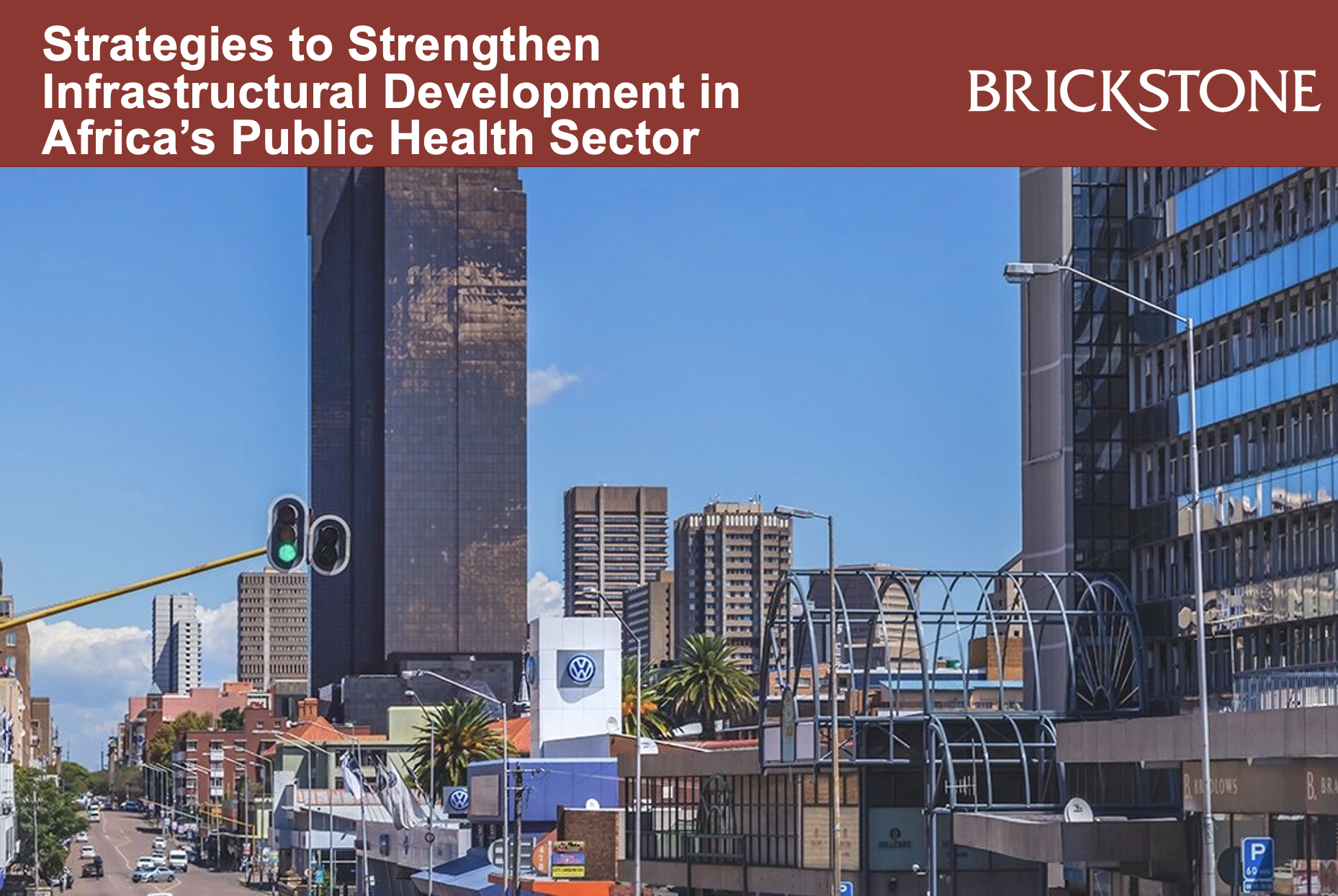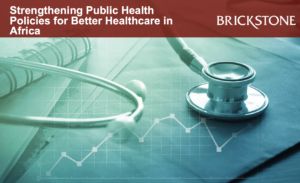Strategies to Strengthen Infrastructural Development in Africa’s Public Health Sector
Health Infrastructure Development in Africa
According to Business Day, health infrastructure across the continent is unevenly distributed, with major gaps in the coverage of rural areas and often of poor quality. A third of Africans live more than two hours away from health services, and there are severe shortages of hospital beds, medical equipment, and drugs. Only 51% of primary health facilities in sub-Saharan Africa have access to basic water and sanitation services, and only a third have access to reliable electricity.
The continent has fewer than 400 drug manufacturers to cater to the more than 1 billion people on it. Meanwhile, China and India are countries with similar populations but as many as 5,000 and 10,500 drug makers, respectively. With so few manufacturers, Africa must rely largely on imports to keep its population healthy. In most of sub-Saharan Africa, imports account for as much as 70% to 90% of drugs consumed, and this drives up costs and limits the availability of medicines.
These gaps underlie Africa’s vulnerability to repeated health crises and consequent development reversals. Without regular access to basic healthcare services and even the most essential medicines, millions die or suffer from protracted illnesses. Widespread ill health can trap people in poverty, as those who are healthier are more productive. The COVID-19 pandemic has further highlighted major deficits in national health systems and related infrastructure across Africa. However, the crisis it has triggered has created a unique opportunity to address long standing deficits in health infrastructure and services.
African governments must urgently implement strategies to accelerate the development of health infrastructure in Africa as a non-negotiable pathway to securing increased access to quality health services for the people.
This article by Brickstone Africa reviews Business Day’s publication on how to strengthen infrastructural development in Africa’s public health sector highlighting key facts and insights.
Challenges Limiting Health Infrastructure Development in Africa
According to Business day, a major barrier to health infrastructure development in Africa is grossly inadequate health financing. The $4.5 billion in capital expenditure currently made by African governments each year is far below the estimated $26 billion in annual investment needed to meet evolving health needs over the next decade.
The lack of access to basic healthcare in Africa is a reflection of the underinvestment in health infrastructure and the urgent need for sustained commitment to improving healthcare systems.
While COVID-19 has highlighted the need for greater investment, the crisis has also left African countries with severely constrained resources and rising indebtedness. African countries will therefore need additional support to meet their health infrastructure needs, as well as assistance with mobilising funding from private investments, including from diaspora communities.
Africa’s pharmaceutical sector also faces unique challenges, resulting in poor quality of both the individual production sites and the quality management systems. Some of these challenges include the high cost of pharmaceutical manufacturing, a lack of supportive infrastructure for the regulatory compliance of pharmaceutical manufacturing companies, poor regulatory policies, and limited access to affordable and reasonable funding, among others.
Africa’s health systems face enormous challenges. Many people die from diseases that are easily preventable or treatable. Investment in health infrastructure and systems is critical for the continent’s development.
Concerted efforts by African governments and other stakeholders are needed to accelerate the development of quality health infrastructure in Africa and ensure that individuals and communities receive the health services they need without financial hardship.
Bloom Public Health, an indigenous public health think-tank in Africa, identifies four essential categories of health infrastructure requiring urgent interventions. These include:
Pharmaceutical manufacturing infrastructure: Establishing pharmaceutical manufacturing hubs across Africa is a major step toward building a new pharma sector that better supports the continent’s economies. Through partnerships with state governments in Nigeria, Bloom Public Health is implementing the Pharmacity Project to establish pharmaceutical manufacturing parks in various states across Nigeria. The pharmaceutical parks refer to compact modern-day pharmaceutical industrial estates that bring together pharmaceutical companies of various sizes, service providers, and companies providing support services to co-locate and share infrastructure. The vision is to create a sustainable environment to make quality medicines available and affordable in Nigeria and beyond.
Primary health care (PHC) infrastructure strengthening is essential for underserved populations, with supporting infrastructure investment to ensure that facilities are connected to water and sanitation, energy, transport, and communications services. The provision of access to quality and affordable essential medicines is also critical in implementing PHC; thus, the Health Supply Chain Transformation Project Consortium, comprising Bloom Public Health, Zipline, Health Spaces, and Sterling Bank, has partnered with several state governments in Nigeria to implement innovative and sustainable healthcare supply chain systems in their states.
Diagnostic infrastructure: Strengthening diagnostic infrastructure can be achieved by utilising a range of delivery models, including public-private collaborations, to address serious bottlenecks in the efficient and effective diagnosis of diseases across the continent. The Bloom Public Health, Katchey Laboratories, and ND Western partnership that gave rise to Delta Plus Diagnostics, a world-class molecular diagnostic laboratory, still stands out. This role-model partnership is one that should be emulated by other stakeholders and deployed across the entire laboratory space in Africa.
Secondary and tertiary healthcare facilities: This involves developing new secondary and tertiary health care facilities, alongside specialist facilities for cancer, dialysis, and pain management. These investments will be particularly relevant in African countries, where the burden of non-communicable diseases is growing rapidly.
Other strategies include improving ICT infrastructure to strengthen national health information systems, supporting innovations in health service delivery, such as telemedicine and digital health solutions, and expanding health insurance coverage.
Read the full publication here.






